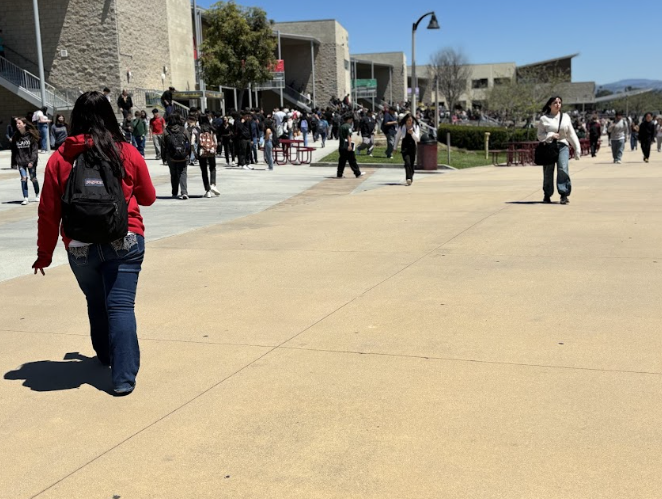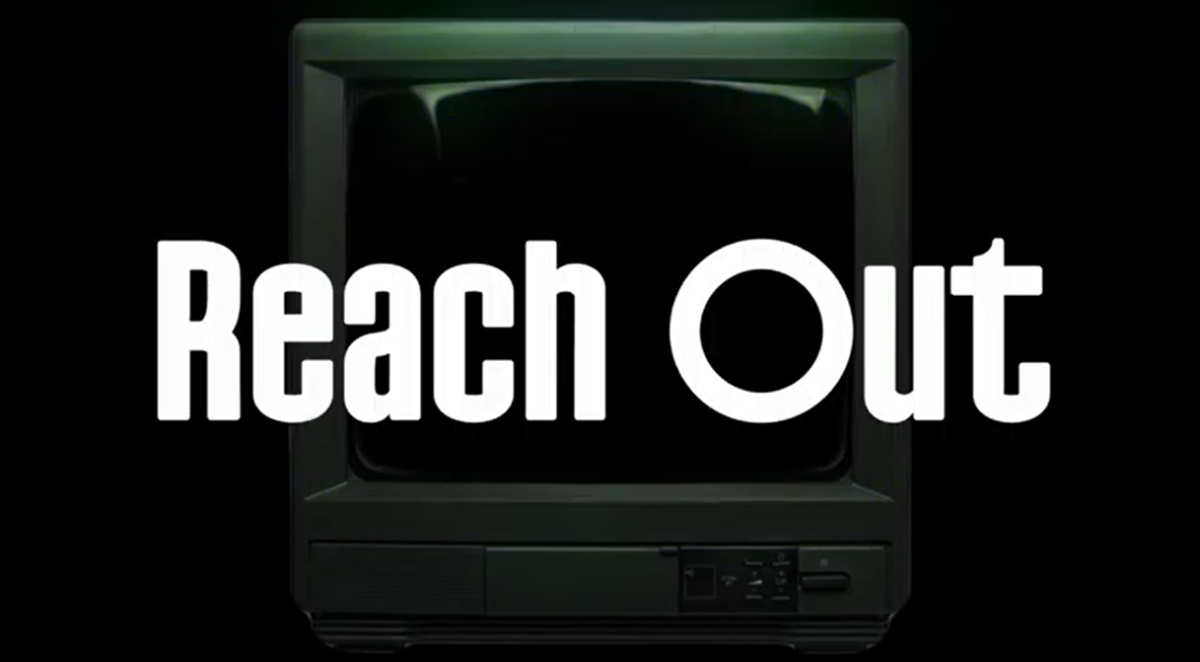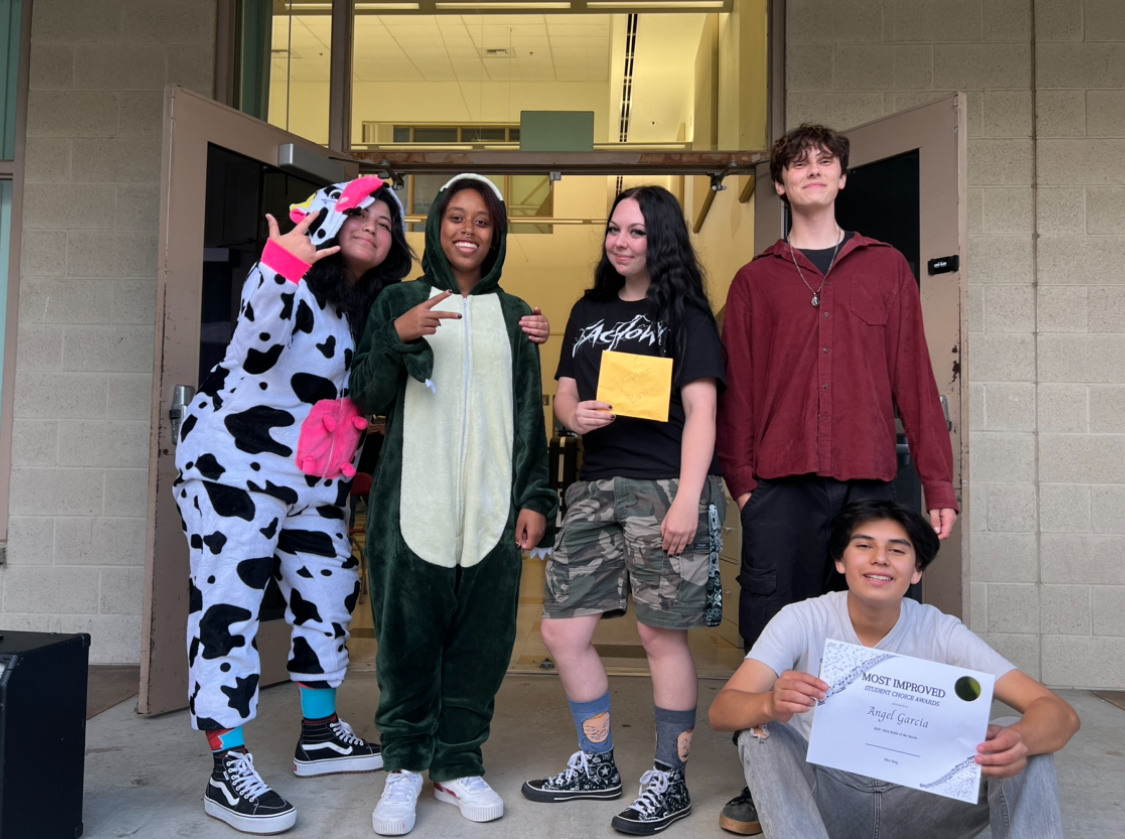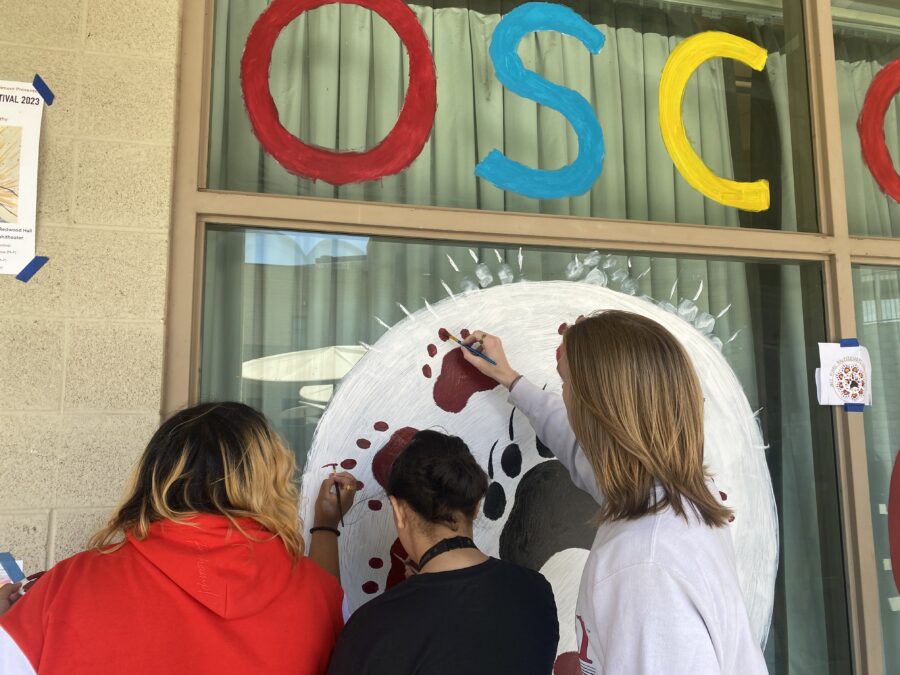Stereotype threat is an issue that, despite often going undetected, impacts every person who has access to social interaction, especially students. It is a cycle that affects self-esteem and behavior perpetually and most likely reaches every member of the Mission Hills community. So, what is it?
“I understand it as a specific individual feeling forced to conform into a stereotype that others may perceive them as,” sophomore Annabelle Dorman said.
It is vital that all students understand how psychological proclivities such as this one predetermine their actions in order to stop them.
“A stereotype threat is a self-fulfilling fear that one will be judged based on a negative stereotype. For example, a young student being evaluated by an older DMV employee will perform below their typical performance because they may think they are going to be judged more harshly for being young,” AP Psychology and US History teacher Daniel Iovine said.
This infectious cognitive tendency is not merely being afraid of the social world. It is both this fear and the manifestation of it that causes any given person to subconsciously perform—meaning behave positively in a specific situation—worse. The menacing part of it is that many people don’t realize when it happens, and it surely happens to everyone.
“The most significant experience would be me walking into one of my early job interviews completely unprepared for the posted position because I was preoccupied with the perception the interview panel might have of me as a Football coach, and, in my opinion, it did cost me some job offers early on,” Iovine said.
Students in AP Psychology, which Iovine teaches, or Psychology P have learned about stereotype threat, which benefits them not only in their knowledge of psychology but also in knowing how to approach or avoid it.
“I have seen many students become preoccupied with how they might be perceived by others. As a result, they lose sight of the objective [or] activities that they should be focusing on at an important time in their lives, and their performance is negatively impacted,” Iovine said.
Although it can affect everyone, it is specifically prevalent with minorities, as there exists a plethora of negative or demeaning stereotypes about smaller groups, like those from different ethnic backgrounds or those with a sexual orientation that deviates from the norm in a given country. People or groups who have been historically oppressed often take this negative typecasting with them into tests, for example, causing them to do poorer than usual because of their preoccupation with how others will view them.
“Stereotype threat comes from narratives in our environment. If our environment becomes more polarizing and combative, then it becomes the monster that feeds itself in a time [when] people need a more healthy means of dealing with mental health issues,” Iovine said.
Our environment, which includes the people around us, commonly produces “polarizing narratives,” as Iovine stated, about how different people are or how they will act. The best solution to the problem would be to eliminate these unreasonable judgments as a society so that people don’t feel as though everyone is constantly evaluating them based on their associated stereotypes.
However, seeing as this would be very difficult to accomplish, one important step that everyone, even students, can take involves doing what most Psychology students have been able to do—educating themselves and others on the issue. The overall goal is to increase awareness about the matter in hopes of beginning the process of agreeing, as a community, that a solution needs to be found.
Categories:
The Dangerous Social Disease Known as Stereotype Threat: A Psychological Perspective
Photo by Daniel Ashlock
Students in AP Psychology have the opportunity to learn about issues such as stereotype threat. As pictured, all students can be educated on the dangers of such negative judgments. Sophomore Annabelle Dorman says, “As hard as it is, rather than feeling like I have to be like everybody else, I’ve found joy in doing what makes me happy.”
Story continues below advertisement
More to Discover
About the Contributor
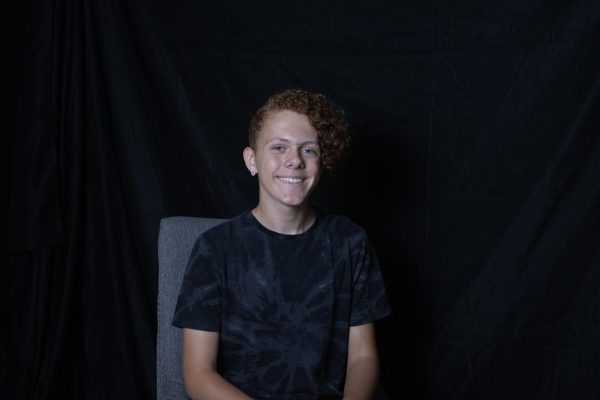
Daniel Ashlock, Editor in Chief
(Any/all) Daniel Ashlock is a sophomore working in the Silvertip for a second year. Daniel believes that publishing news and spreading awareness in ONE for small causes will greatly improve the quality of life here at Mission Hills High School. Daniel won the Administrator’s Award Of Excellence in his middle school, participated in clubs such as Mock Trial, Academic League, and GSA in freshman year, and aspires to use his academic skills to major in Social or Cognitive Psychology. He loves to learn about the systems and processes that cause people to make decisions, whether they are good or bad, and using this fascination to tell Mission Hills students’ stories is one of his goals for his time in high school. Daniel hopes to continue to be involved with the Mission Hills community and wishes that a difference is made by his presence and experience in Journalism as the Editor-in-Chief.

